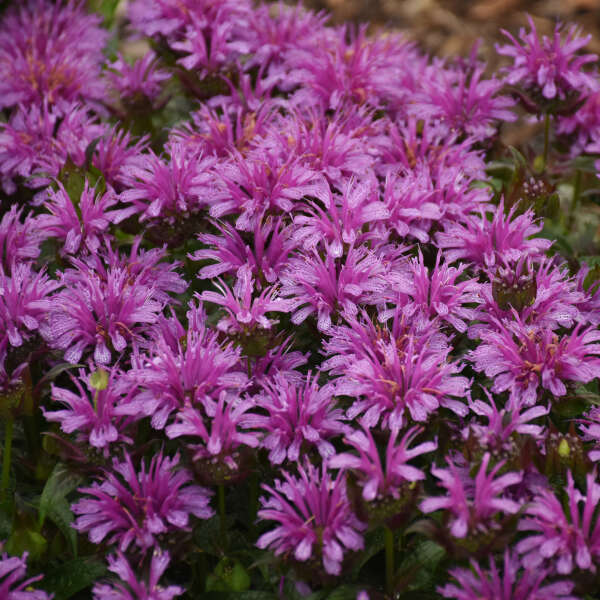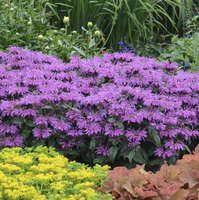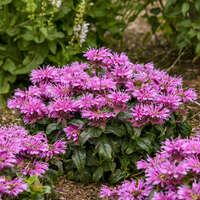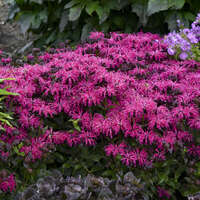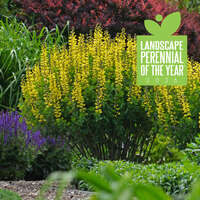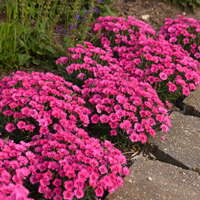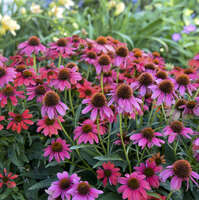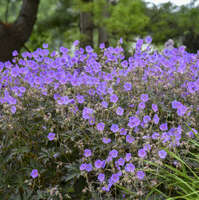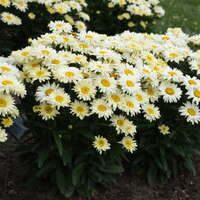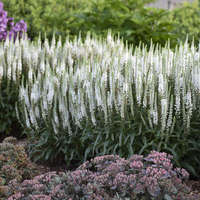Monarda 'Leading Lady Amethyst' CPBRAF PP34371
Leading Lady Series


Common Name: Bee Balm
Bee Balm typically bloom in midsummer, but 'Leading Lady Amethyst' leads the way in early summer, flowering earlier and forming a more compact clump than other Bee Balm. This variety typically blooms from early summer (first week of June in Michigan) into midsummer and grows just a foot tall. 'Leading Lady Amethyst' produces light amethyst purple flowers with darker interior spots on its petals.
'Leading Lady Amethyst' is well-behaved in the garden, it stays where you plant it and doesn't run around. The blossoms have sweet nectar that is highly attractive to butterflies, hummingbirds, and honeybees and the aromatic foliage is naturally deer resistant.
